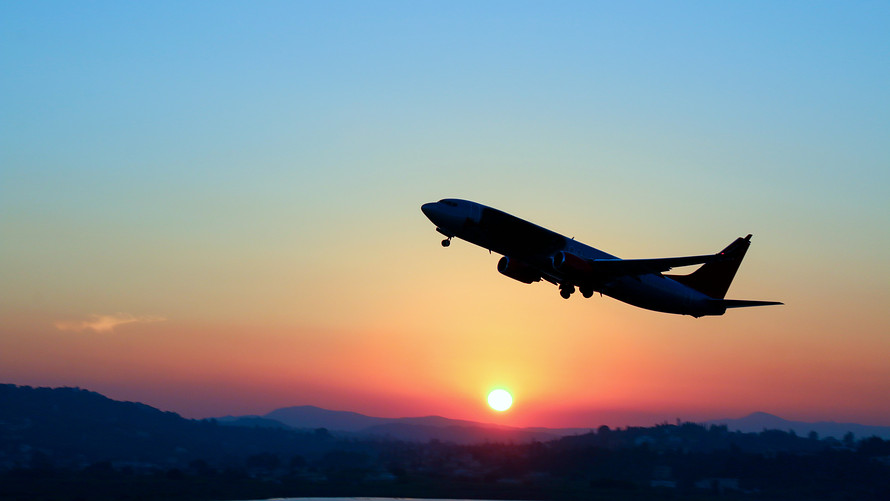
Ticket prices aren’t taking off.
In fact, airfare is getting cheaper. When you adjust for inflation, the average round-trip domestic airfare in 1995 would have cost you $480, according to government data. In 2018, it cost you just an inflation-adjusted $346 — which means it’s fallen more than 27%. What’s more, it’s been falling for the past few years, dropping from $398 in 2015 to $346 last year.
Average inflation-adjusted domestic round-trip airfare
- 2015: $398
- 2016: $364
- 2017: $355
- 2018: $346
It wasn’t always so cheap to fly. The first commercial flight — which took off from Florida 105 years ago this January — cost $400 when it was purchased. But adjust that for inflation and you’re looking at more than $10,000 to be in the air for just 23 minutes.
In other words, though you may not feel like it, you’re getting those plane tickets for a steal these days. But it often comes at consumers’ expense. Seats are getting smaller — with airlines now cramming 10%-12% more seats on aircraft than they did in the past, says Robert Mann, the founder of R.W. Mann & Company and an airline industry analyst. On top of that, they’re filling flights to the max: Occupancy now approaches 90% on average, he says.
They’re also charging more fees — for things like checked bags or selecting your seat — which allows airlines to keep ticket prices low. In 2017, the top 10 airlines generated $29.7 billion in total ancillary revenue. Compare that to the total ancillary revenue from 10 years ago, $2.1 billion — that’s over 1,300% growth.
Of course, there are other reasons for cheaper airfare: Planes are now more fuel efficient and larger, so they run more cost effectively and with more passengers on them, says Mann. Plus, airlines are getting smarter about eliminating unpopular routes, he adds. And when low-cost airlines like Spirit or Frontier enter a market, that competition can reduce the average good deal by 40%-50% and can push legacy carriers to drop their prices 20%, says Patrick Surry, chief data analyst for Hopper.
Even with all these factors, you’re still paying a decent sum for airfare. That’s because airlines must cover a variety of costs including jet fuel; airport and landing fees; crew and staff costs; maintenance; facilities; commissions on ticket sales; marketing and advertising; insurance; and the planes themselves.
Should you want to save on airfare, experts say that January through the middle of February, when school vacations start, can offer very low fares, as can the period just after Thanksgiving until the middle of December. It also often pays to fly on a Wednesday.
